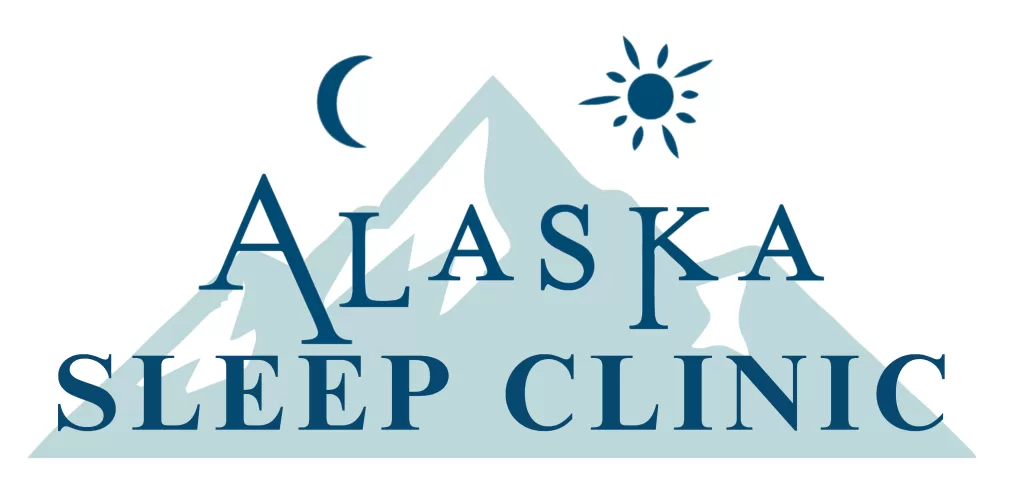
When thinking of sleep apnea, many associate it back to older individuals or those with underlying health issues like high blood pressure. But in reality, sleep apnea can occur in young adults just as frequently than older individuals, especially with preexisting chronic pain conditions.
First, let’s look at the causes and patterns of sleep apnea. When the muscles in the back of your throat relax too much, they do not allow for normal breathing. The muscles support your mouth roof (soft palate), the hanging tissue from the soft palate (uvula), the tongue, and the tonsils.
When these muscles are relaxed, the airway narrows as you breathe which lowers the level of oxygen in your blood causing a buildup of carbon dioxide. Your brain is triggered by the impairment in breathing which rouses you from sleep. The snorting, choking, or gasping is correcting the problem with a few deep breaths.
“This pattern can repeat itself five to 30 times or more each hour, all night long. These disruptions impair your ability to reach the desired deep, restful phases of sleep, and you’ll probably feel sleepy during your waking hours.”
Developed in 2008, the STOP-Bang questionnaire was intended as a pre-screening tool for the obstructive sleep apnea (OSA) surgical population. However, its popularity grew to include sleep clinics, the general population, and other special populations for those at high risk for sleep apnea.
Snoring
Tiredness
Observed apnea
High blood pressure
The four demographics are BMI, age, neck circumference, and gender (BANG) which help determine the probability of OSA when compared to its symptoms (STOP). Studies have shown the Stop-BANG questionnaire’s effectiveness in new populations such as a lower age bracket prone to OSA.
Now with younger adults, pain intensity and discomfort are recommended within screenings. Pain was defined in one study by general pain, headaches, diabetic pain, hypertension, and a BMI above 30. Psychiatric disorders also were common in the young adults including depression, post traumatic stress, and substance abuse disorder.
Therefore, pain management may affect one’s sleep which correlates to their pain threshold and treatment or management of pain.
“We suggest more thorough and more frequent pain intensity screening in patients with OSA, particularly in those patients who are younger than 60 years old without significant co-morbid illness. Furthermore, we also recommend increased OSA screening for patients with moderate/severe pain intensity and pain diagnoses.”
The Mayo Clinic defines a number of symptoms to watch for with sleep apnea:
Snoring that disturbs your own sleep or a partner, spouse, or roommate
Waking up from sleep choking or gasping for air
Pausing in sleep your breaths (it may look like you are holding your breath)
Increasing daytime sleepiness that occurs at work, home, or in your car.
Causes of childhood sleep apnea can vary significantly from the causes of sleep apnea in adults. Whereas in adults the main contributing factors of sleep apnea are weight, neck circumference and age, for children the most common cause is enlarged tonsils and/or adenoids.
When these tissues are enlarged they can cause breathing difficulties during the day. When the child is asleep, the muscles in the body relax including those in the throat. The relaxation of these muscles allows the tonsils and adenoids to further restrict airflow in the upper respiratory system and cause apnea events during sleep.
Childhood obesity can also contribute to sleep apnea in the same way that it does in adults. The more fatty tissues in the throat, the more likely that breathing can become disrupted during sleep as the extra soft tissue can more readily restrict airflow.
However, obesity is only believed to be a factor for sleep apnea among older children, 12-18 years old, and not younger children.
Talk to your doctor about the STOP-Bang questionnaire if you are under 60 and are experiencing any chronic pain either physical or emotional. These could be contributing factors towards a restless sleep that needs a sleep clinic’s intervention to determine next steps. Call Alaska Sleep Clinic today
@ 907-770-9104











